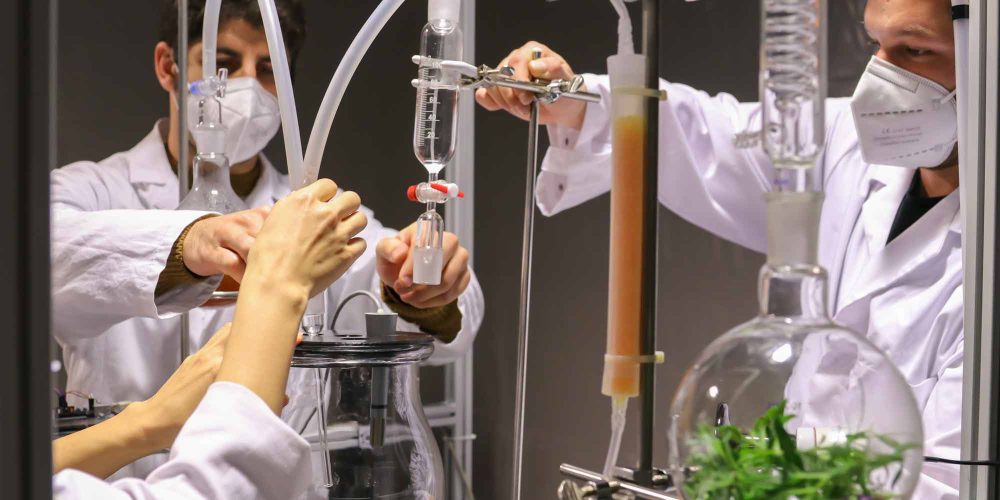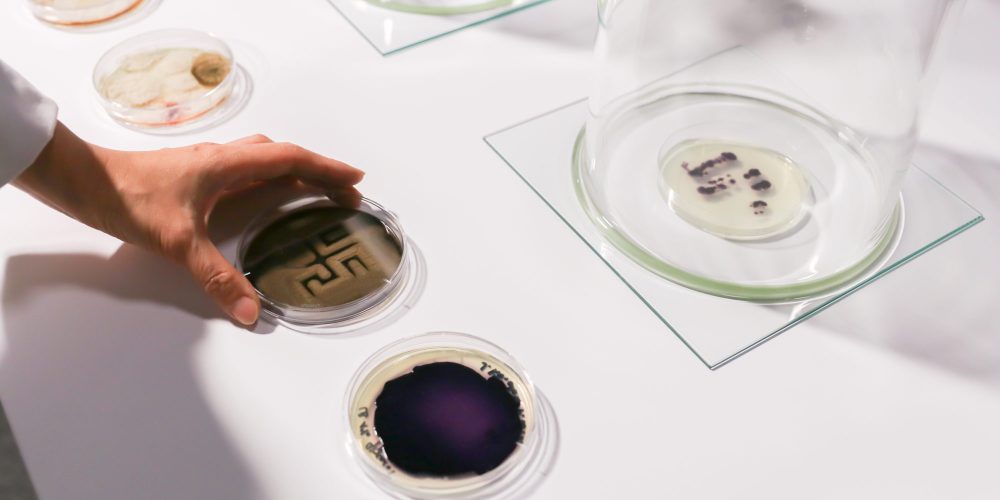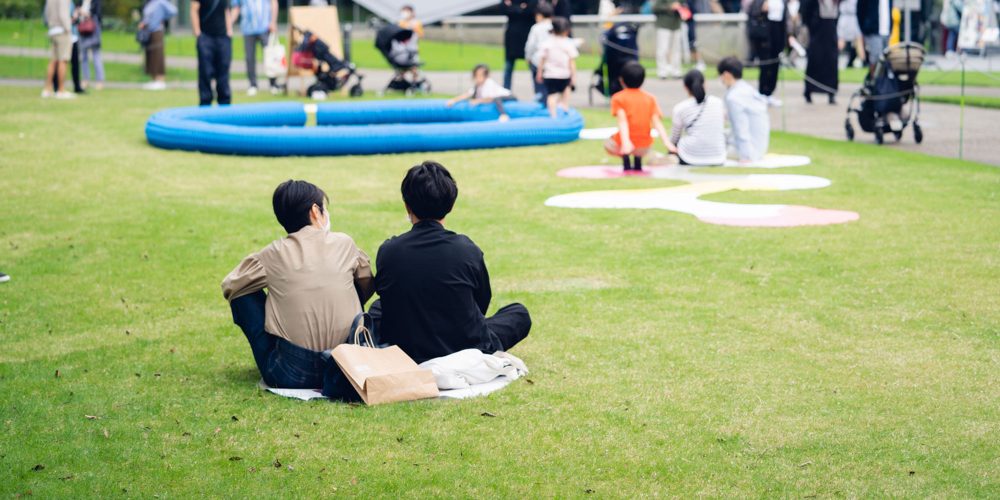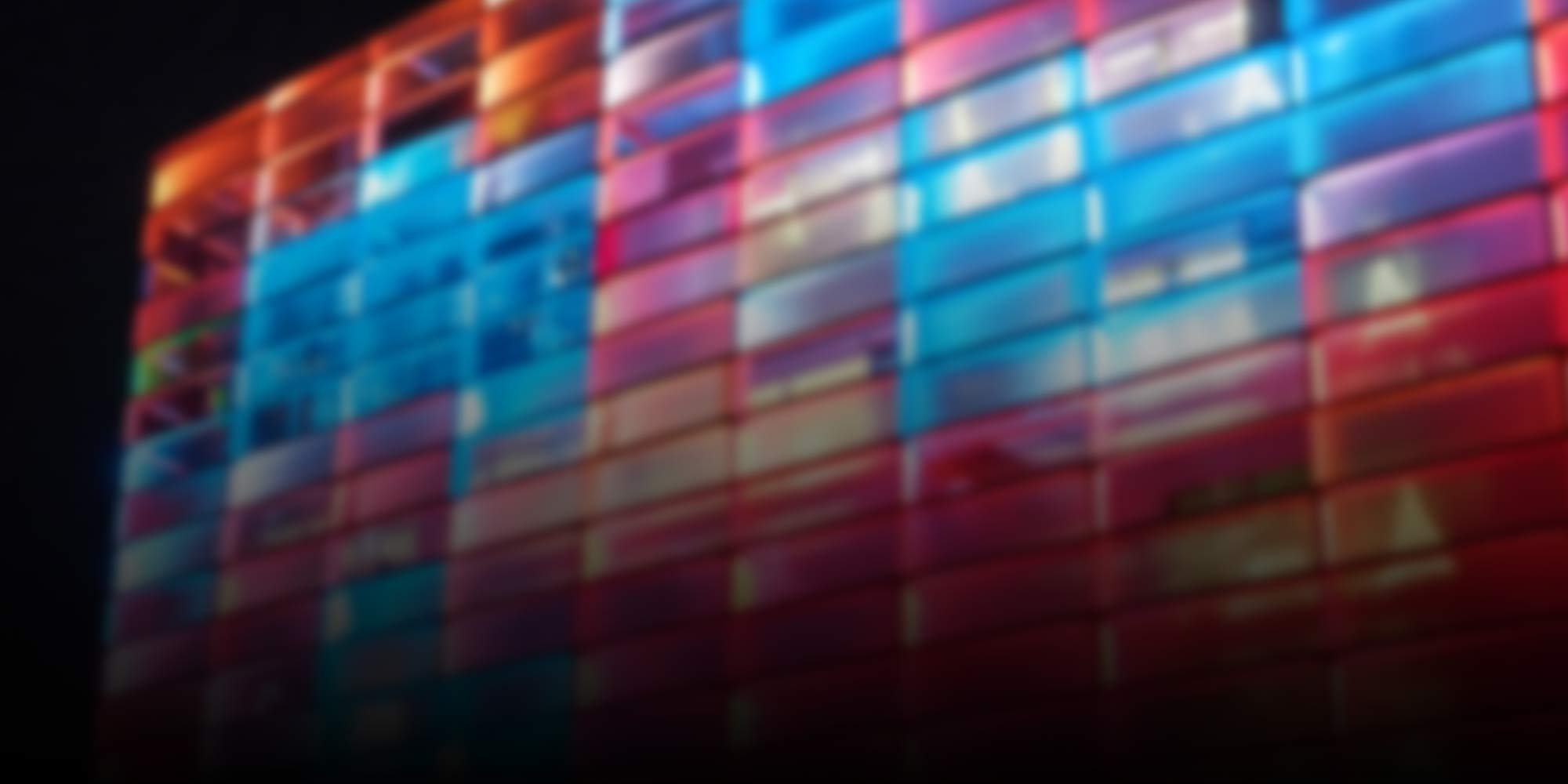
Artists
-

Breaking the Silence of Suppressed Voices
This year’s Golden Nica in the category Artificial Intelligence & Life was awarded to Winnie Soon for their Unerasable Characters Series.
-

Exhibition in New York connects biology and art
Yoko Shimizu presents her art in “Tides of Light”, including her work as an Ars Electronica Futurelab researcher.
-

What about AIxxNOSOGRAPHIES?
For the third round of the ArtScience Residency Rainald Schumacher met artist Špela Petrič, the winner of the 2023 edition, for an interview.
-
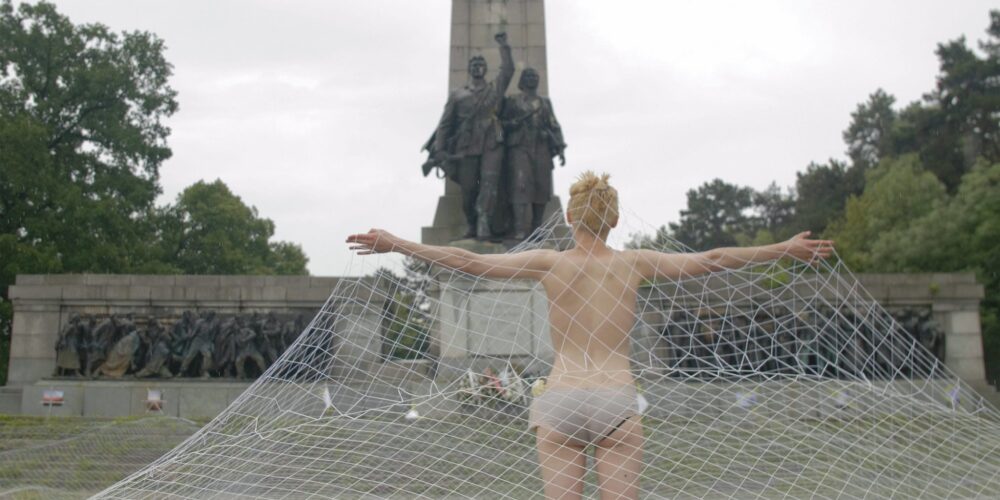
Room for artistic freedom
In the second part of our Year In Review, we turn our attention not only to art, but also to the exciting stories of the people behind it.
-
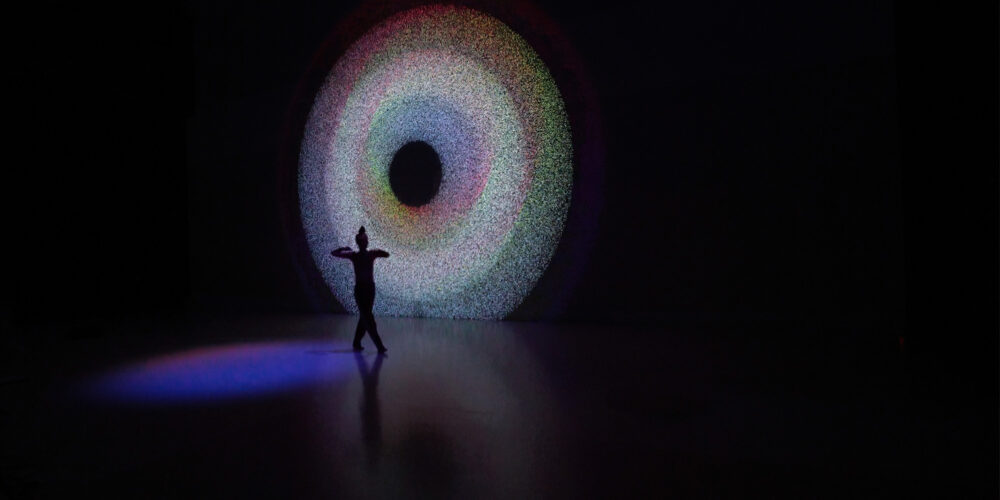
Controlled / Uncontrolled: when dancing to chaos
Can you dance uncontrollably to electronic music? And can you follow the rhythm after a while to bring yourself back under control? un ctrl knows!
-

Art from Asia: The 4th VH Award
International art and diversity are one of the many key aspects of the Ars Electronica Festival. A project that showcases these components in Linz is the 4th edition of the VH Award.
-
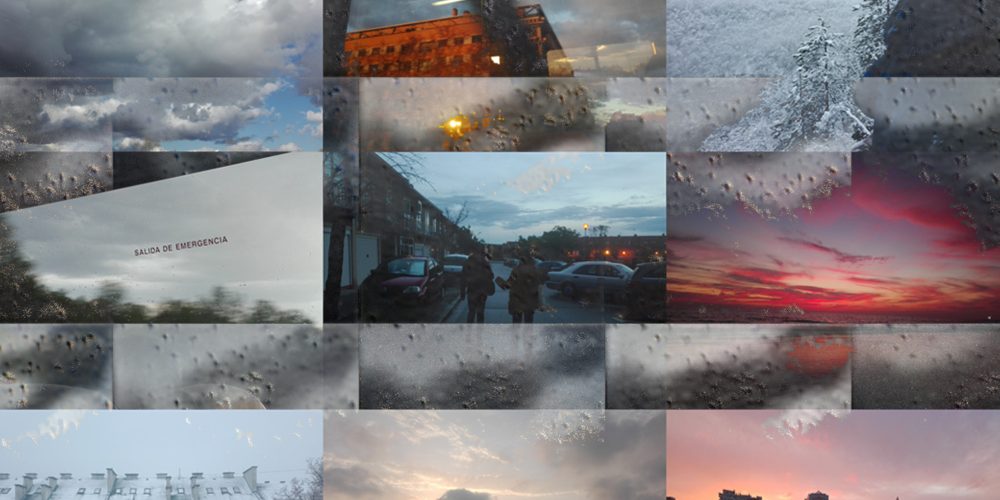
Von Schwarzen Schwänen …
… or pink doves? The Ars Electronica Festival’s Kunstunicampus attempts to think the seemingly impossible, to vision the unthinkable. Above all, the aim is to enable images and metaphors that carry a creative power within them and inspire us to create our own picture of our world.
-
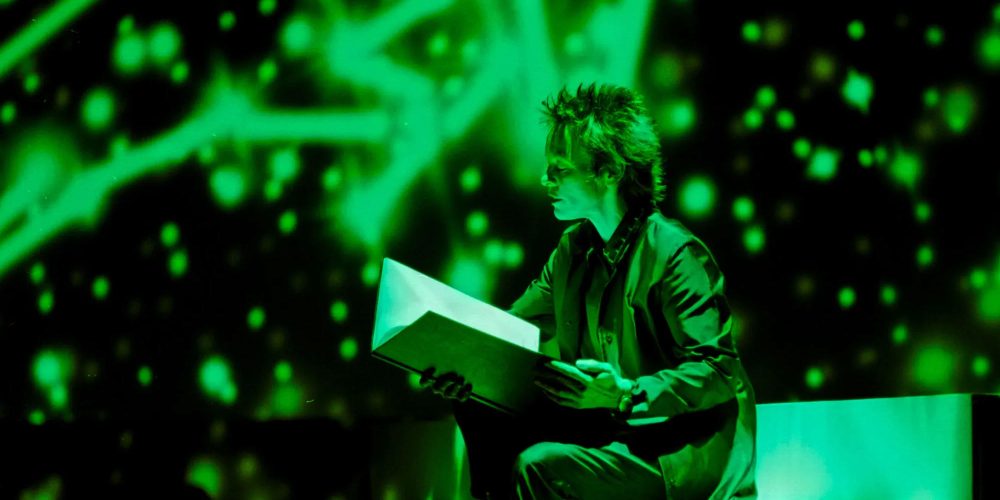
Laurie Anderson: Creating, Evolving, Experiencing
What characterizes a “Pioneer of Media Art”? Laurie Anderson connects art with technology and opens new musical paths with her inventions.
-
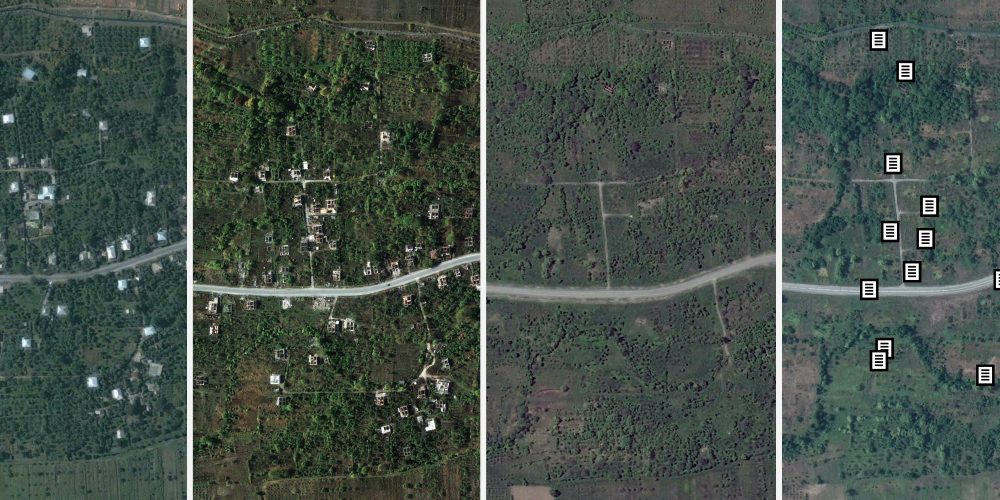
Tools to Confront Unbalanced Realities
What rights do you have in the location of your residence? In his work, artist Irakli Sabekia deals with the spatial and social memory of people who have been forcefully displaced.
-
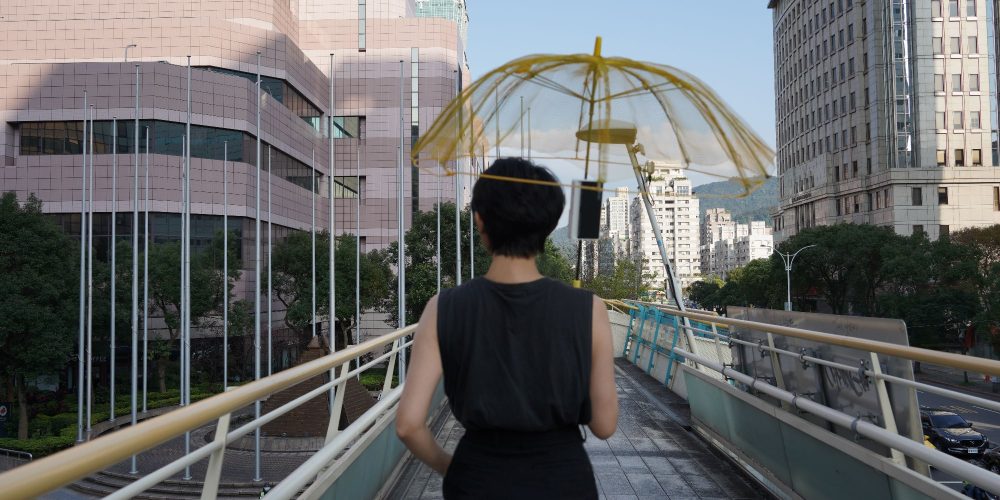
How to “resist like bacteria”
Find out what we can learn from bacteria and why the future lies in collaborative resistance through the artists behind the project “Bi0film.net – Resist like Bacteria”.
-
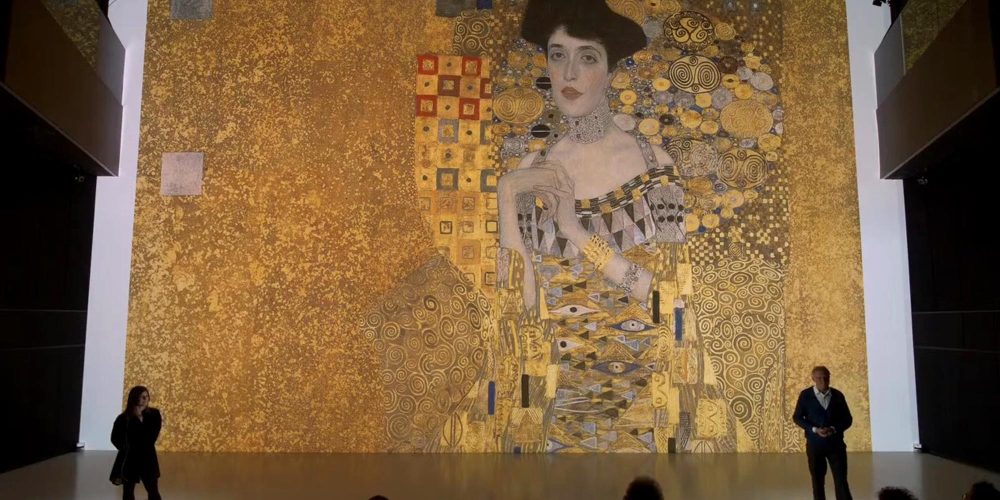
The Woman on the Picture
Gustav Klimt and Rebecca Merlic placed the image of the woman at the centre of their artistic work – an analysis.
-
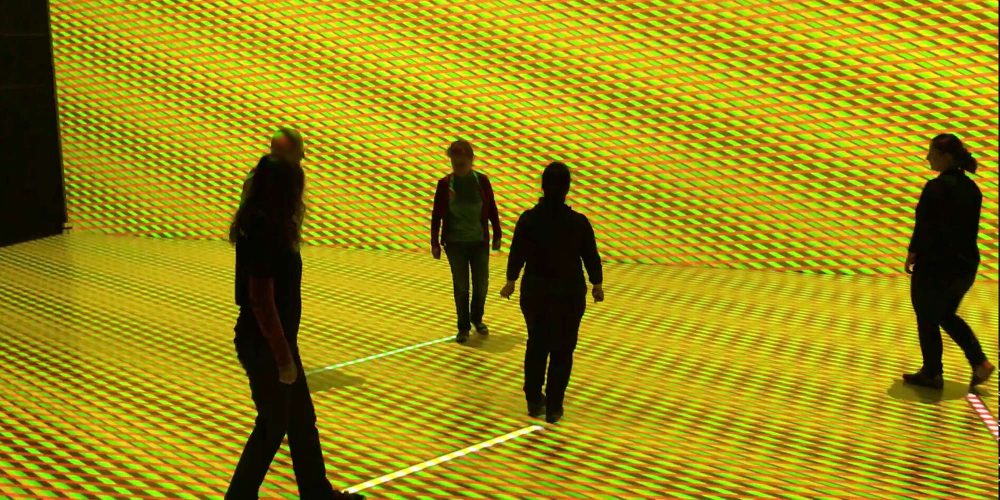
Crushed fruit and jumping dogs: TIME OUT .10
Two years late, TIME OUT is entering its next round. Students from the Linz Art University’s “Time-Based and Interactive Media Arts” program are showing selected works at the Ars Electronica Center.
-
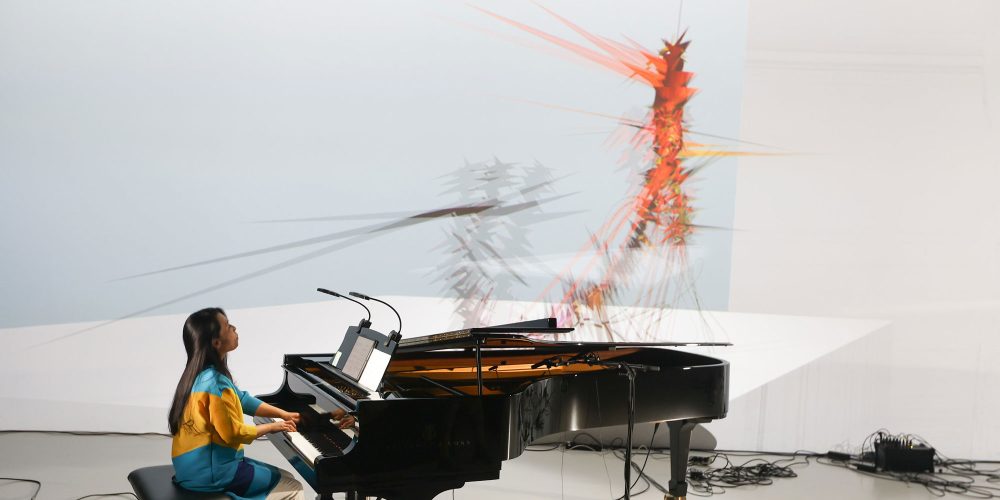
Morphologies – Digital Formations and Analog Music
Analog music generates digital visualizations: Maki Namekawa, Cori O’Lan and Rubin Kodheli in a timeless night performance at Deep Space 8K.
-

Space Ink – a future of visual arts?
With the Paintbrush painting drone, the Space Ink research project is opening a new chapter in the future of art.
-
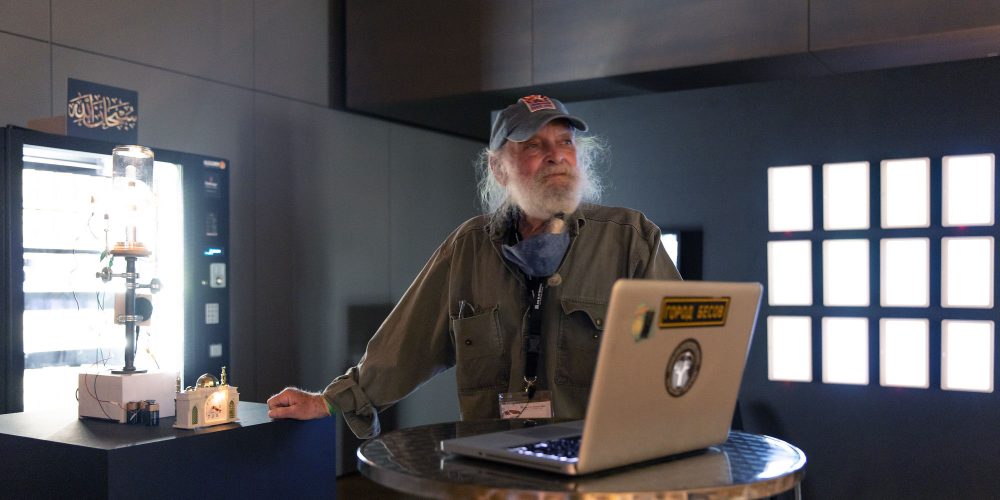
Joe Davis: In Search of Paradoxes
Just recently, Joe Davis and Sarah Khan stored 2,417 quintillion angels on the head of a pin. Reason enough to talk to the BioArt pioneer about the connection between art and science.
-
![[ˈdaːzaɪn] – Audiovisual Performance](https://ars.electronica.art/aeblog/files/2021/09/51443064605_0d1cf63418_o_2000x1000-1000x500.jpg)
[ˈdaːzaɪn] – Audiovisual Performance
Embedded in a technical, symbolic and metaphysical universe, the audiovisual performance [ˈdaːzaɪn] by media artists Arno Deutschbauer and Micha Elias Pichlkastner alias “Sective” immersed the packed Deep Space 8K in a reloaded atmosphere.
-

Refik Anadol: “Buildings can dream”
With his large-scale visualizations and animations, media artist Refik Anadol brings incomprehensible numbers and measurement data to life and returns them to the physical world.
-
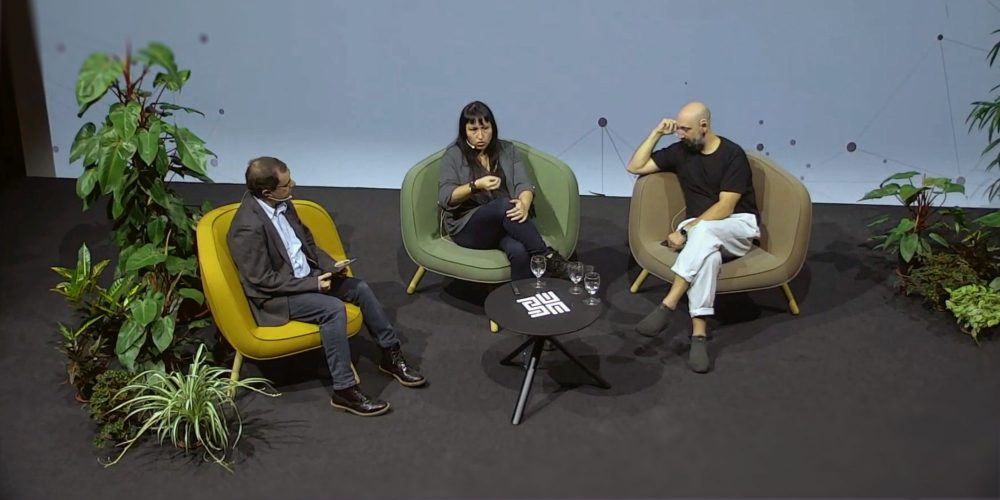
When Artists make use of Artificial Intelligence
The powerful tool “artificial intelligence” is increasingly finding its way into media art. Three artists talk about how they use AI and where they see their role as artists.
-
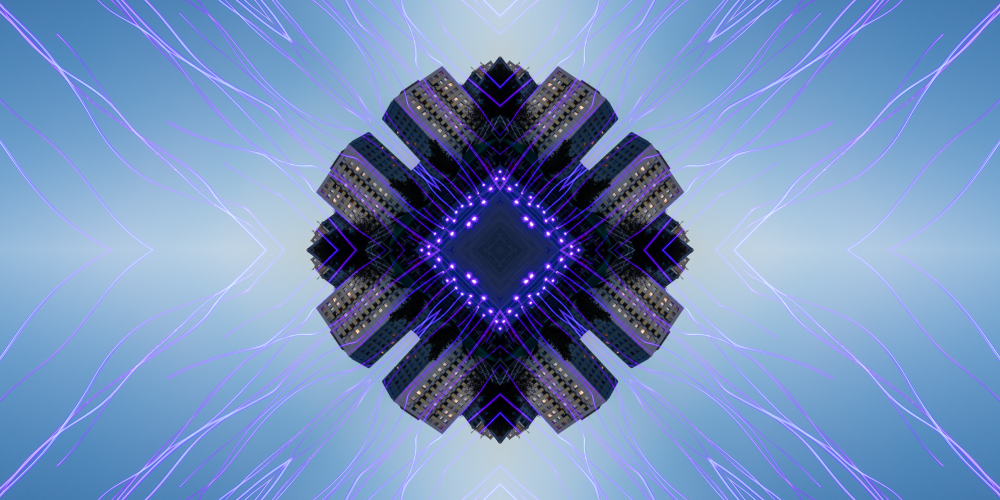
Alchemists of the Future
The DNA of the Ars Electronica Futurelab in the eighth and final episode of the 25th Anniversary Series
-

Art Thinking
There are difficult questions waiting for creative answers
-

Humanity and Robotinity
A society that is changing along with its technology needs a new form of humanity
-
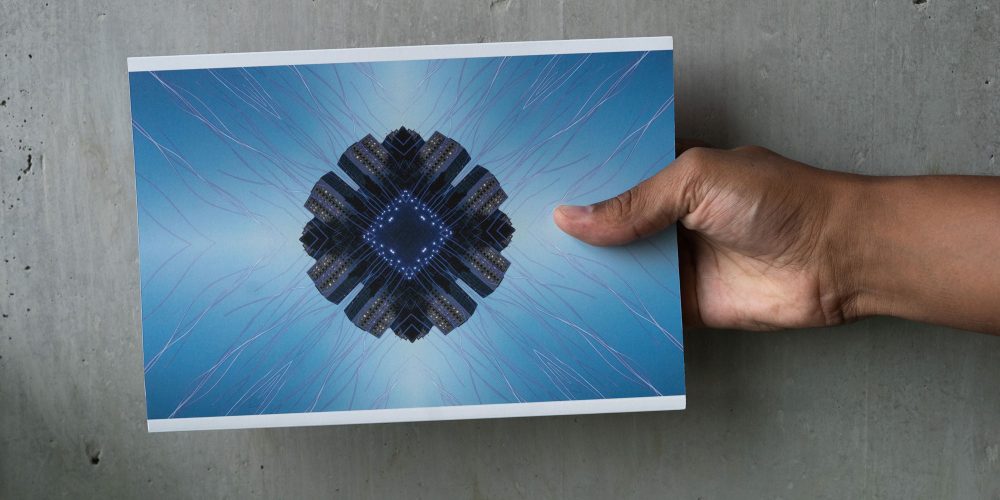
Alchemists of the Future — The Book
25 years Ars Electronica Futurelab: It’s a year full of memories — of stories and concepts, of successes and challenges. Of visions, ideas and utopias.
-
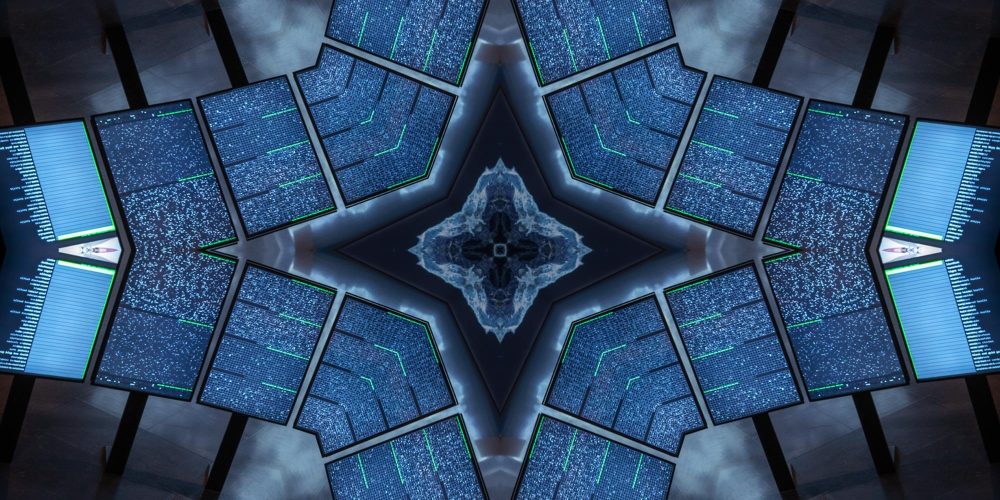
Creative (Artificial) Intelligence
What differentiates analog from digitally generated work?
-
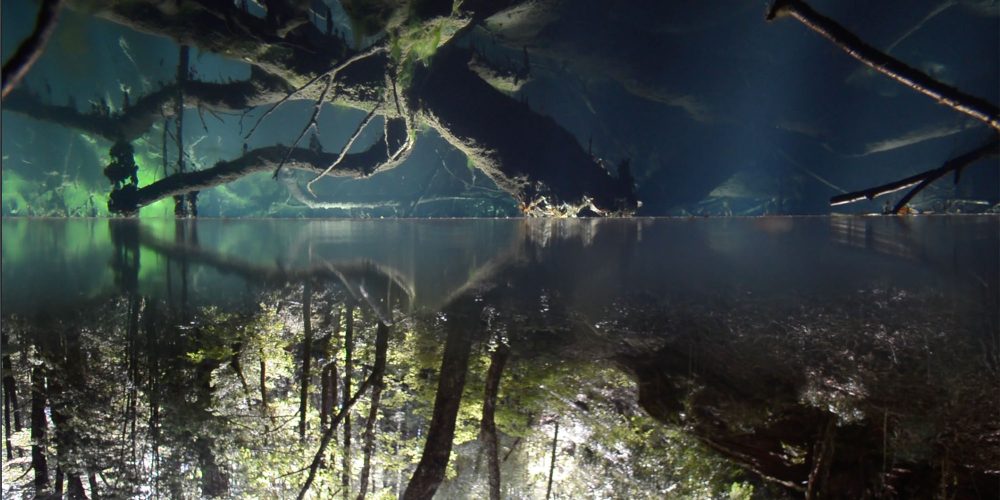
Inside Festival 09
The ninth episode of “Inside Festival” is all about sustainability and ecology. Christl Baur and Laura Welzenbach present three projects from our Festival Gardens and give us a sneak peek into one youth perspective of “Create your World”.

